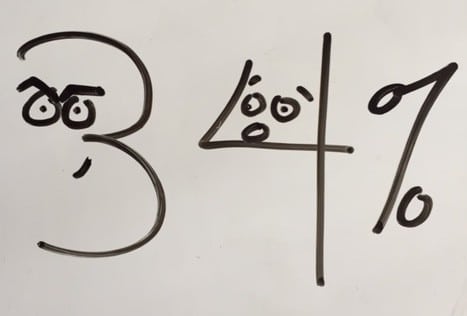How Your Open Rates Are Lying To You: What To Track Instead
Outbound prospecting is hard work, but it’s worth it. Prospecting teams can grow your pipeline much faster than inbound marketing or partnerships. According to a study by MarketingProfs.com, outbound is the #1 most effective form of b2b lead generation. Outbound prospecting is also an effective way to break into new markets. Experts use outbound to gather intel on specific customer profiles by experimenting with new messaging.
 In order to effectively tweak and improve your outbound email campaigns, it’s important to record and measure the volume and quality of replies you receive using each outbound email template.
In order to effectively tweak and improve your outbound email campaigns, it’s important to record and measure the volume and quality of replies you receive using each outbound email template.
‘Open Rate’ and ‘Reply Rate’ data can tell you how many people engage with your emails. But the best way to gauge the ultimate effectiveness of your templates is by measuring ‘Positive Reply Rate’.
Open Rates and Reply Rates don’t tell the full story
The best way to measure the effectiveness of your messaging is by tracking the number of closed deals each template generates. But what if your sales cycle is six months?
For most sales teams it’s impractical to run A/B tests on templates based on long-term close rates. Instead, most outbound prospecting teams measure Open Rates or Reply Rates to compare email template effectiveness and optimize their campaigns.
Open Rates and Reply Rates tell you that people are engaging with your message; however, they don’t tell you if recipients understand what you do and whether they are interested in learning more. There’s no reliable indication of whether the lead is more likely to become your customer; it’s not uncommon for email campaigns with 6% reply rates to generate more meetings than campaigns with reply rates of over 15%.
Positive Reply Rates tell a fuller story
Here at Predictable Revenue, our clients use the Carb.io platform to classify every response as Positive, Neutral, or Negative, capturing actionable data:
Positive
“I’m available for a call”
“I’m the right person”
“I’m referring you”
“Contact me later”
Neutral
“I’m out of office”
“I need more info”
“I’ve passed this on”
Bounce Notice
Negative
“This is not for us”
“Unsubscribe me”
How Positive Reply Rates Increase Your Close Rate
Positive replies signify that the sales rep has earned permission to present a ‘Call To Action” to the prospect, such as “Are you available for a call”. This indicates the prospect has advanced down the funnel and is more likely to become a customer. Conversely, relying on Total Reply Rate only indicates the customer replied, which could mean the email was antagonizing, annoying, or simply not of interest.
Because Positive Reply Rate signifies the prospect is interested, not just that he or she has replied, tracking Positive Reply Rate helps sales leaders increase campaign effectiveness and produce warm conversations faster.
Read more: Metrics Mistake – Not Measuring The Important Stuff